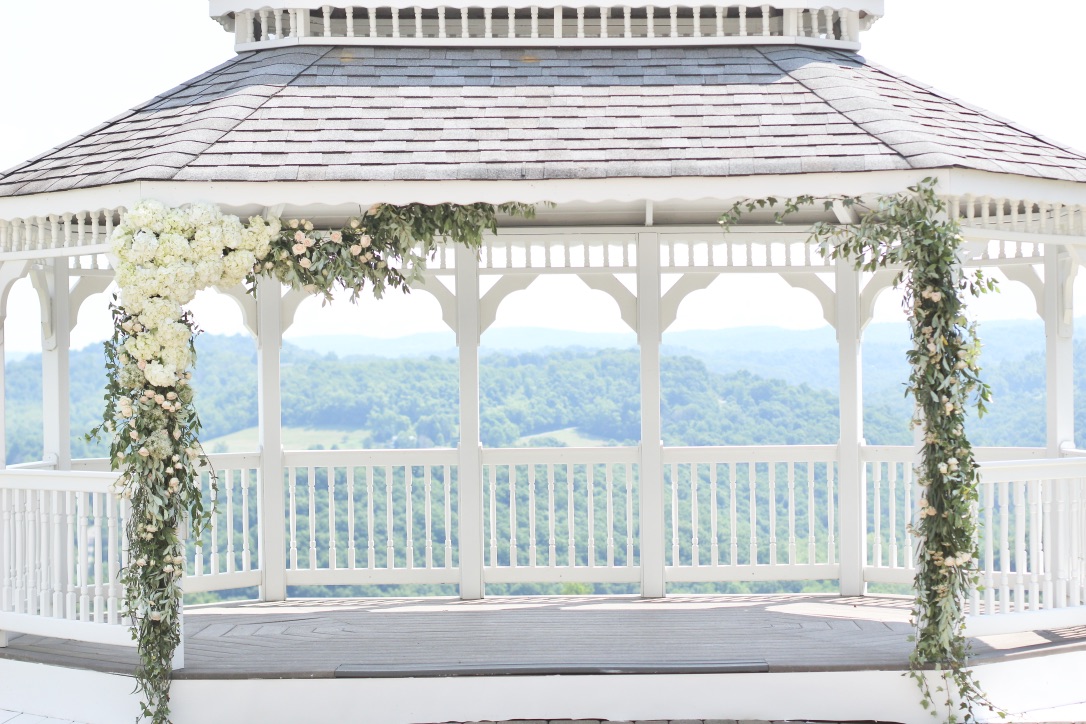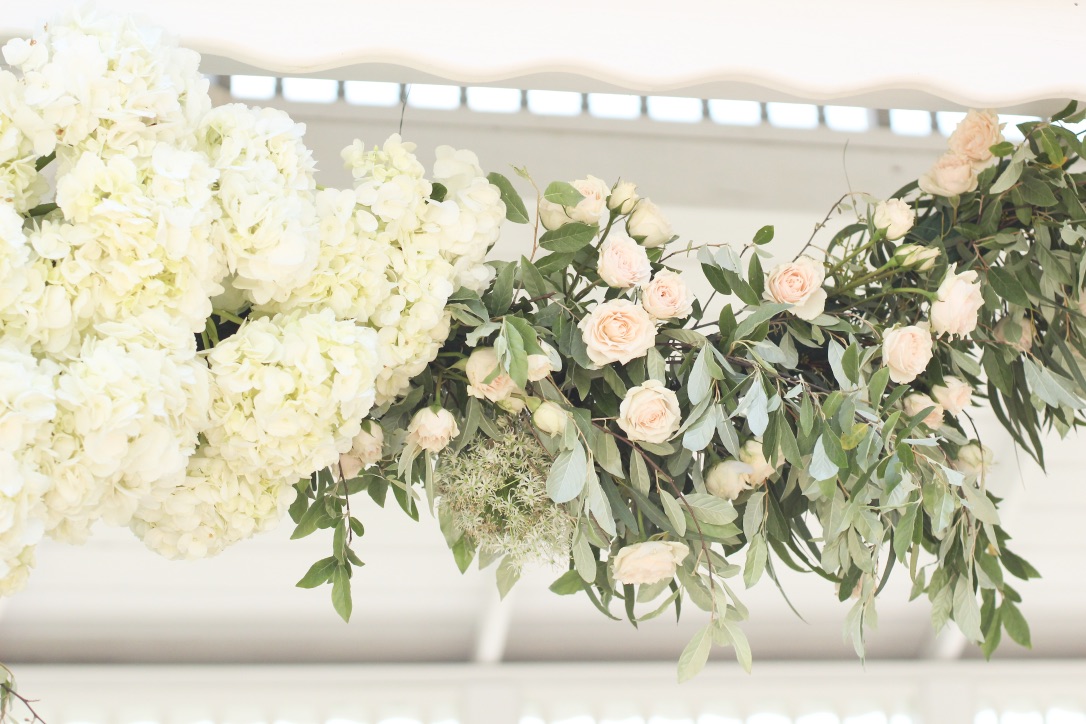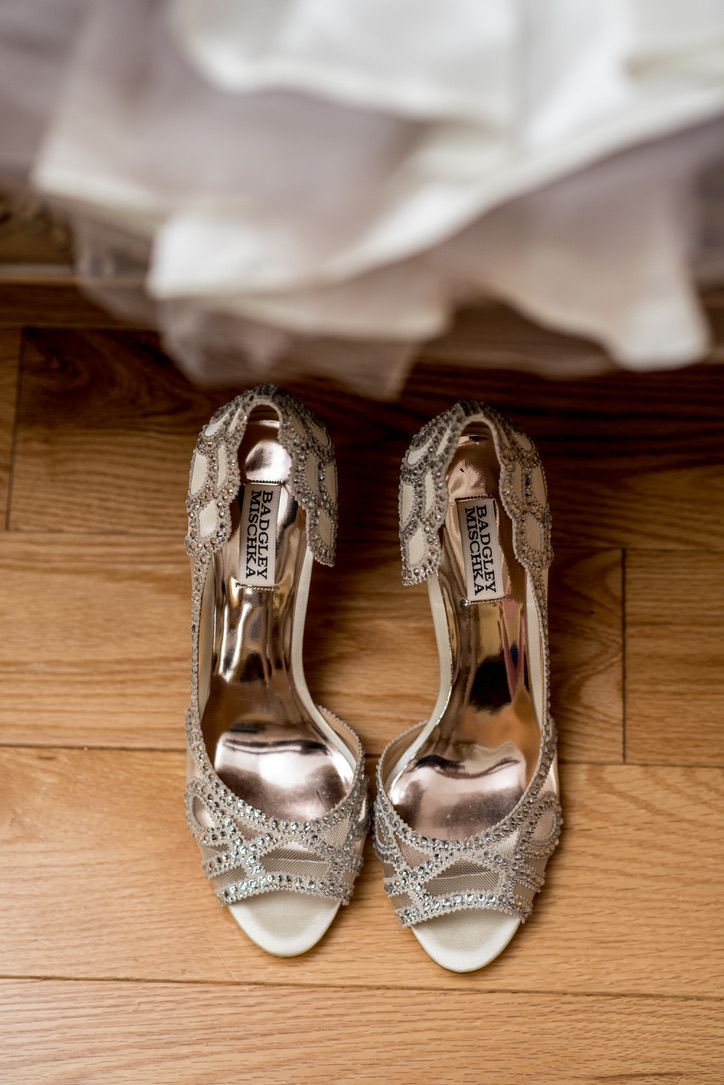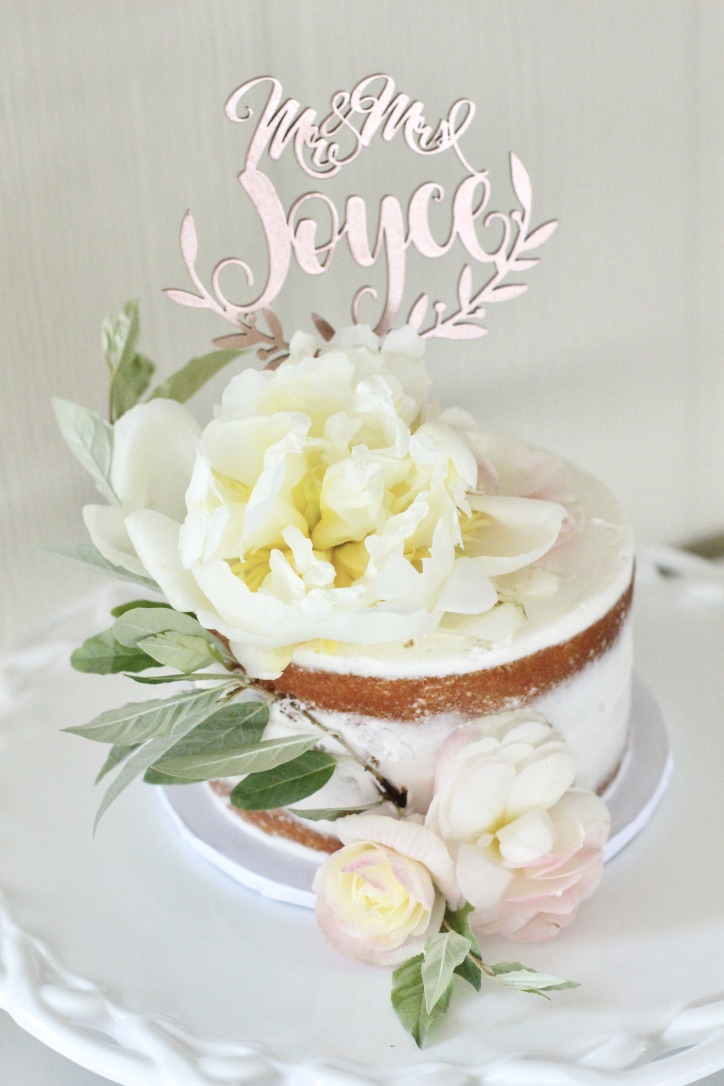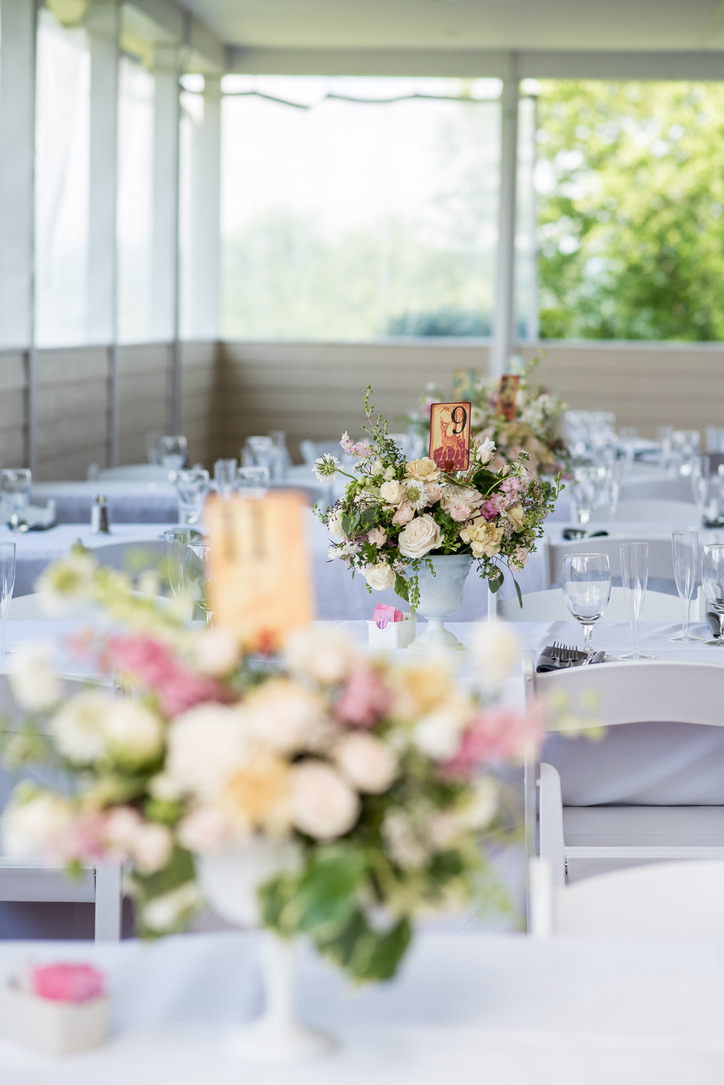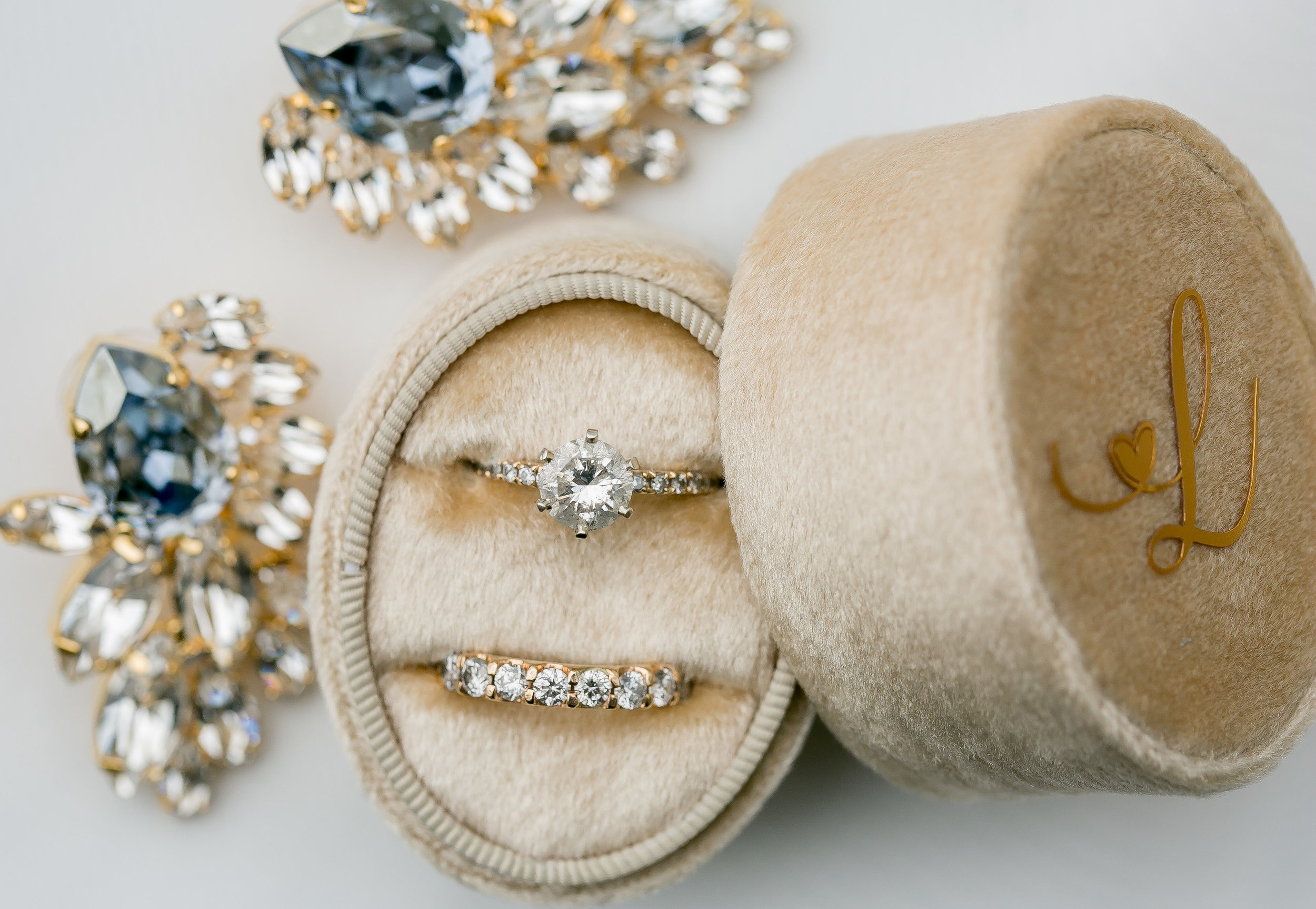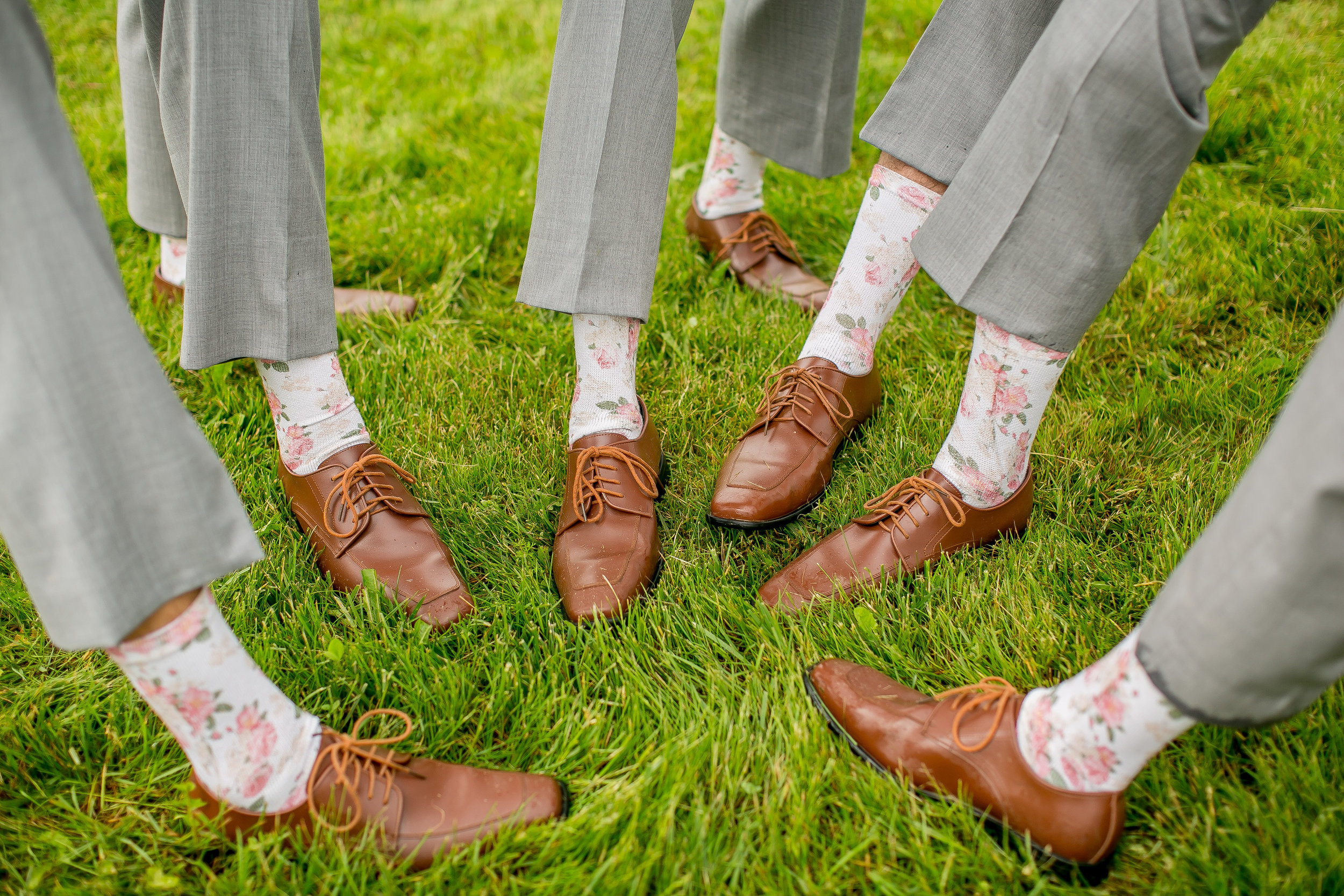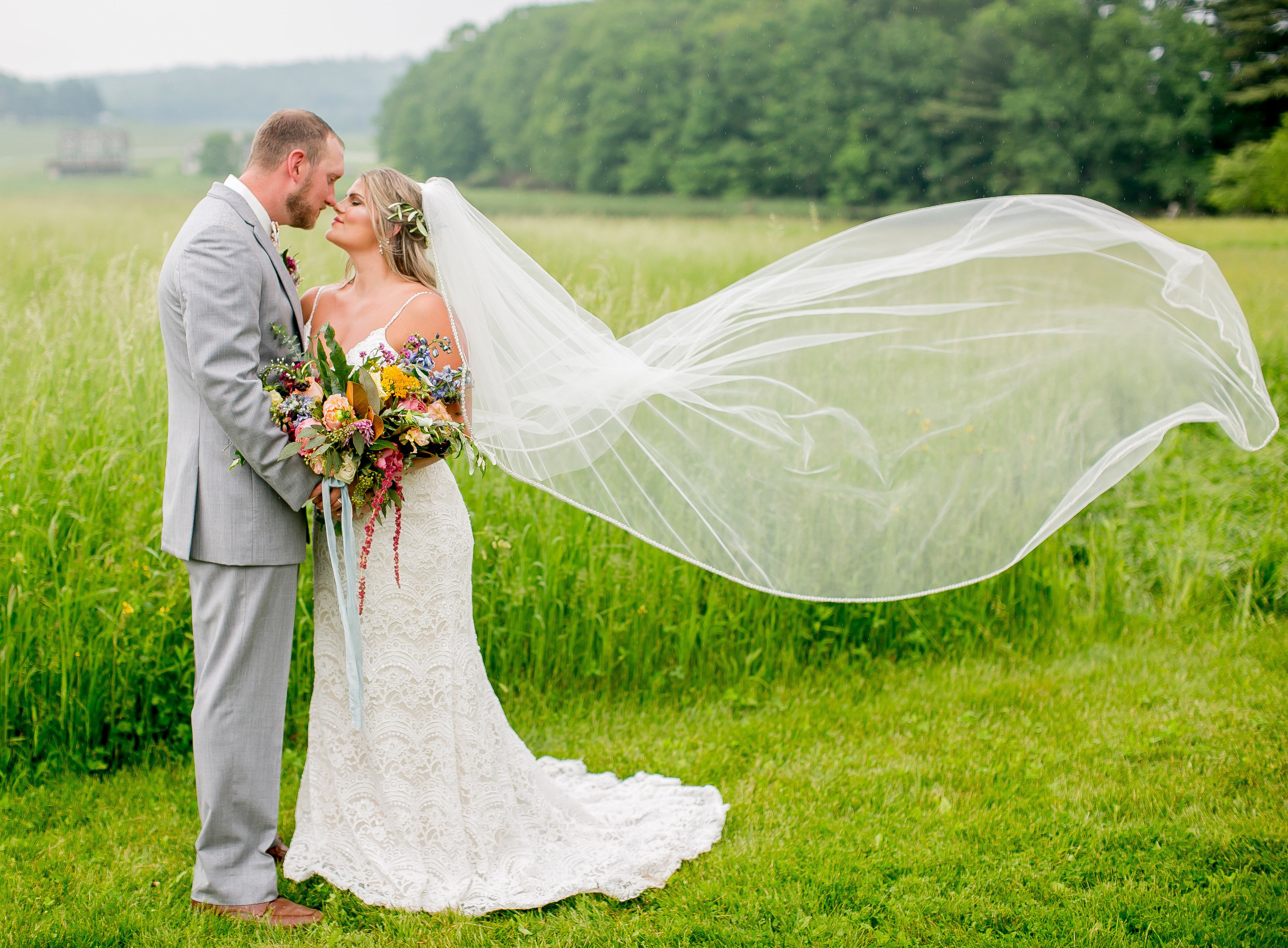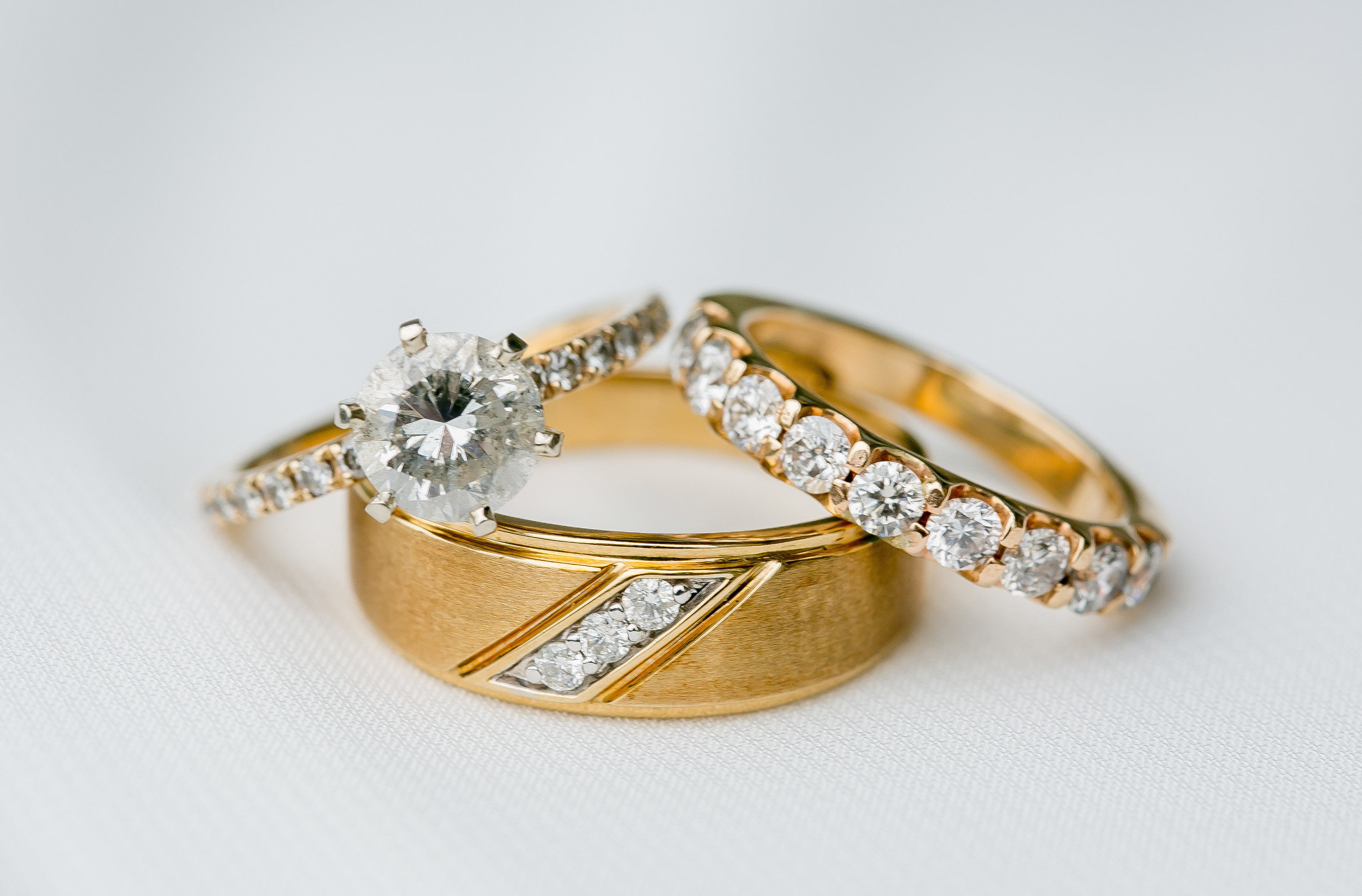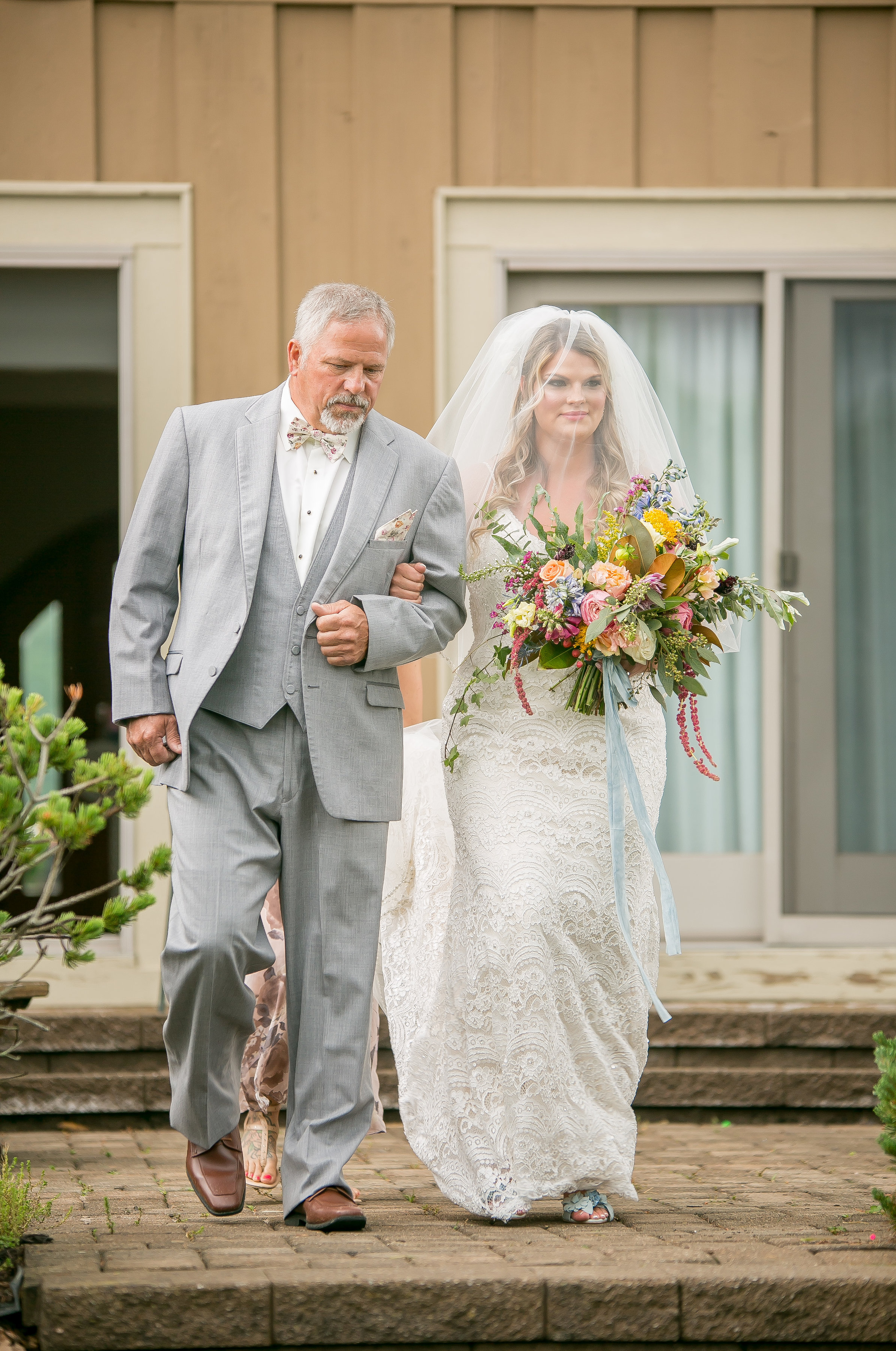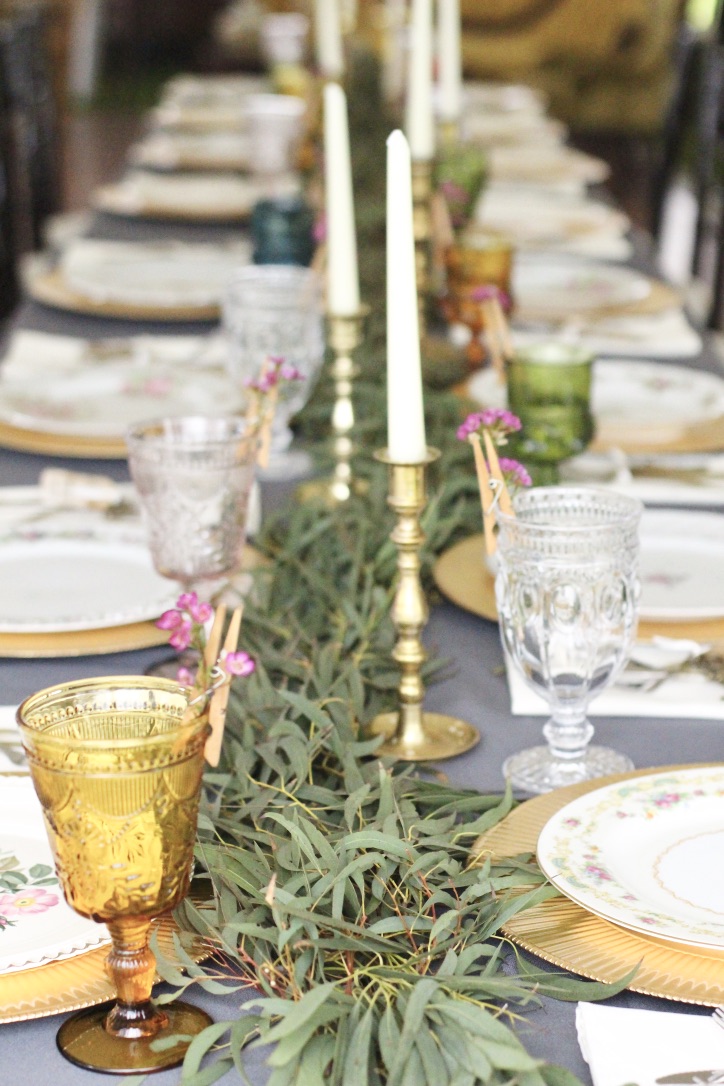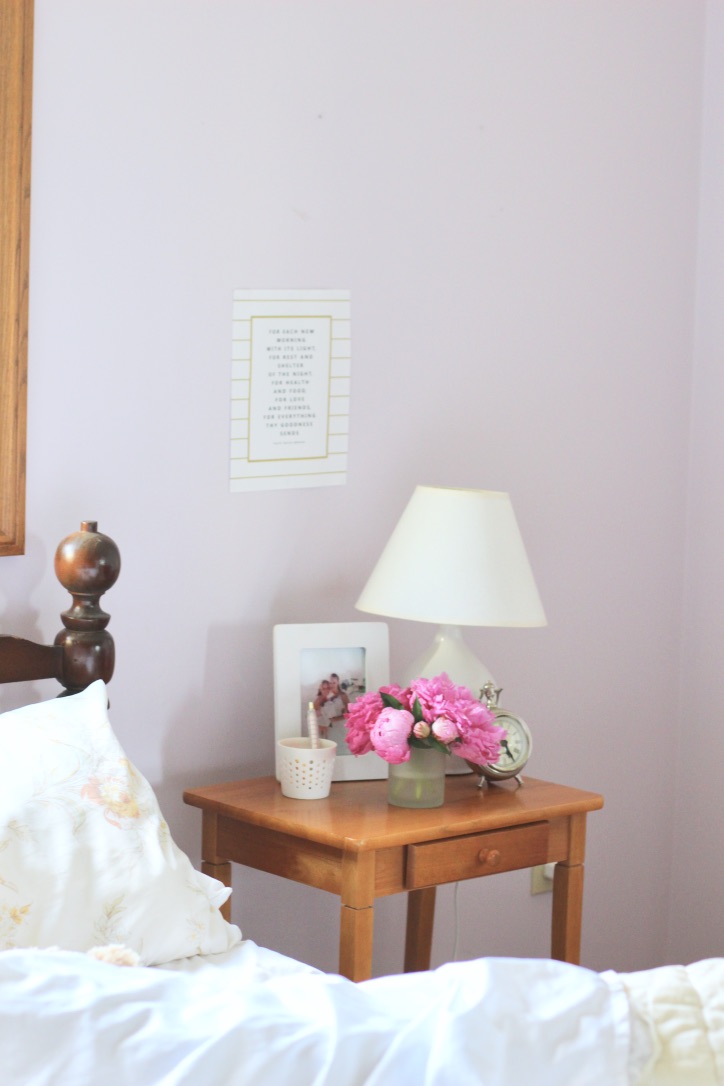There are several little things you can do to help your plant to flourish.
W E E D I N G | Keeping weeds under control will ensure that your plants roots aren't being choked out. The best time to weed is a day after a good rain or water watering when the soil is moist and you can pull out weeds easily, root and all - which is your goal. You can keep weeds at bay by putting first a thin layer of straw, then a 2-4" layer of grass clippings (try to use clippings without weeds, especially flowering weeds which hold seeds) or mulch on the ground and around your plants. This is also helpful for moisture retention. Doing this, eliminates weeding for me! I add an extra layer of grass halfway through the summer, adding it around plant stems once they are established. If you prefer to till your soil around your plants throughout the growing season, you can place grass clippings around the base of the plant where the tiller doesn't reach.
P I N C H I N G | Pinching benefits many plants! When plants are starting, once it has developed 4-6 leaves, pinch down to the second set of leaves to encourage other stems to branch out from base, forming a much stronger, and bigger plant. Similarly, for vegetables like tomatoes you can pinch off the flowers it forms until the plant gets significantly large and then allow the flowers to grown and form tomatoes. Doing the same for basil will encourage plant growth. (A plant gives it's energy to its flowers or fruit, so if you pinch them it will give it's energy to the plant and grow bigger which will then provide you with more flowers or fruit). (However, for some plants like corn you want to pinch off everything but base stem so that one strong stem emerges).
S T A K I N G | Some plants, despite pinching, will need staking once they reach a certain height (snapdragons, dahlias, sunflowers, gladiolus). Stake up with a metal pole and tie string (I use clear fish line) around the plant to the pole. It's better to stake before the plant needs it so that you don't find long, hard earned stems fallen over and breaking off.
D E A D H E A D I N G | For most annual flowering plants, remove spent flowers to encourage more flowers to develop. If you don't, the plant will give it's energy to the dead flower head to develop seeds instead of forming new flowers. This works for some perennials like salvia too - in which you should remove all flowers on plant once most are browning (around the end of June in Ohio) and expect a new flush in about two weeks. The secret to keeping those overflowing petunia and calibrachoa pots nice all season long is to pinch off dead blooms (not just pulling out flower from head but pinching the head where the green part is) and giving the whole plant a trim halfway through the season. I like to trim all vines back to the pot in mid July in Ohio.
P E S T C O N T R O L | If you see that your plant leaves or flowers are being eaten by bugs use Seven dust or a similar product to get rid of them. Sprinkle over plant after every rain or once dust has faded.








